Carnation Mix Dianthus caryophyllus chabaud Seeds
Carnation Mix Dianthus caryophyllus Chabaud seeds produce beautiful, fragrant flowers from the Chabaud variety of carnations. This mix typically features a range of colors including pink, red, white, yellow, and sometimes bicolored blooms. These long-lasting flowers are popular in both gardens and cut flower arrangements. Carnation Mix (Dianthus caryophyllus chabaud) Seeds are particularly known for their double-flowered blooms, sweet fragrance, and sturdy stems.
Characteristics: of Carnation Mix Dianthus caryophyllus chabaud Seeds
- Flowers: The flowers are double, with ruffled petals and a clove-like fragrance. They come in a variety of bright colors, including red, pink, white, yellow, and sometimes combinations of these colors.
- Height: The Chabaud variety generally grows to about 18–24 inches (45–60 cm), making them ideal for garden beds, borders, and as cut flowers.
- Growth Habit: The plants have a bushy growth habit, with strong, straight stems that hold the large, multi-petaled flowers upright.
Sowing and Growing Instructions: for Carnation Mix Dianthus caryophyllus chabaud Seeds
- Light: Carnations prefer full sun for the best flowering results. Ensure they receive at least 6 hours of sunlight daily.
- Soil: They prefer well-draining, sandy or loamy soil enriched with organic matter. Carnations are not tolerant of waterlogged soil, so ensure good drainage.
- Sowing:
- Indoors: Start seeds indoors 8–10 weeks before the last frost. Sow seeds about 1/8 inch deep in seed-starting trays with light, well-draining soil. Keep the trays in a warm location with temperatures around 65–70°F (18–21°C).
- Outdoors: After the last frost, transplant the seedlings into the garden, spacing them about 12–18 inches apart. Alternatively, sow seeds directly in the garden once the soil has warmed up.
- Watering: Keep the soil moist but not soggy while the seeds are germinating. Once established, carnations prefer moderate watering. Allow the top inch of soil to dry out between waterings to avoid root rot.
- Temperature: Carnations thrive in cooler weather, and are best suited for USDA zones 6–9. They prefer daytime temperatures between 60–75°F (16–24°C).
Blooming and Care: of Carnation Mix Dianthus caryophyllus chabaud Seeds
- Flowering: Chabaud Carnations typically bloom in the summer and may continue into fall in milder climates. Deadheading spent blooms will encourage more flowers throughout the season.
- Staking: Taller plants may benefit from light staking to keep their stems upright, especially if grown in windy areas.
- Fertilizing: A light application of balanced fertilizer every 4–6 weeks during the growing season can promote healthy growth and more blooms. Avoid over-fertilizing, as too much nitrogen can lead to excessive foliage at the expense of flowers.
Benefits: of Carnation Mix Dianthus caryophyllus chabaud Seeds
- Fragrant Flowers: The strong, spicy fragrance of carnations makes them a favorite for gardens, bouquets, and floral arrangements.
- Long-Lasting Blooms: Carnations are well known for their long-lasting blooms, both in the garden and as cut flowers.
- Attracts Pollinators: The sweet-smelling flowers attract beneficial insects such as bees and butterflies.
- Cut Flowers: Carnations are a classic cut flower, beloved for their durability in vases and their long stems, which make them easy to arrange.
Uses: of Carnation Mix Dianthus caryophyllus chabaud Seeds
- Borders and Flower Beds: The upright, bushy growth of carnations makes them ideal for borders and mixed flower beds.
- Containers: Carnations also do well in containers and window boxes.
- Cut Flower Gardens: Given their long stems and vase life, carnations are excellent flowers to grow for cutting and arranging indoors.
- Cottage Gardens: Their traditional, romantic appearance makes carnations a perfect fit for cottage-style gardens.
Care Tips:
- Deadheading: Removing spent flowers will encourage continuous blooming throughout the season.
- Pest Control: Carnations can sometimes attract aphids or spider mites. Regular inspection and treatment with insecticidal soap or neem oil can help manage pests.
- Air Circulation: Ensure good air circulation around the plants to prevent fungal issues such as rust or mildew, especially in humid climates.


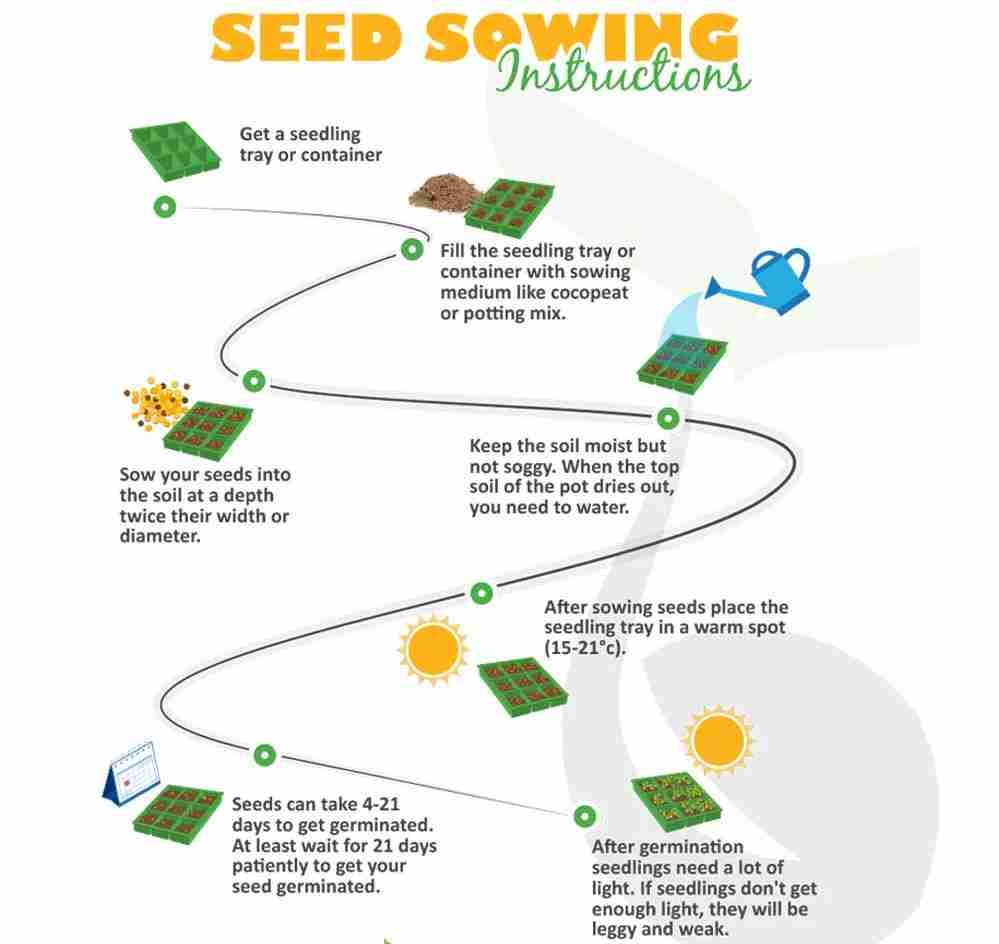


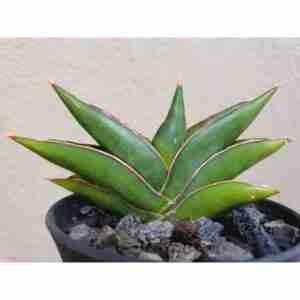
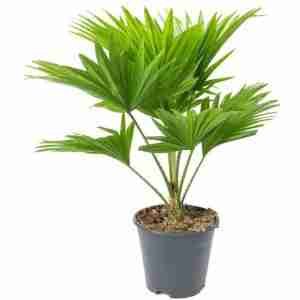
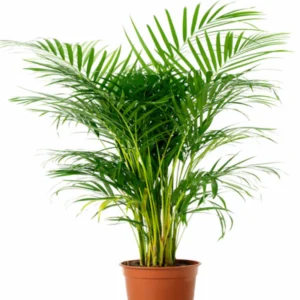
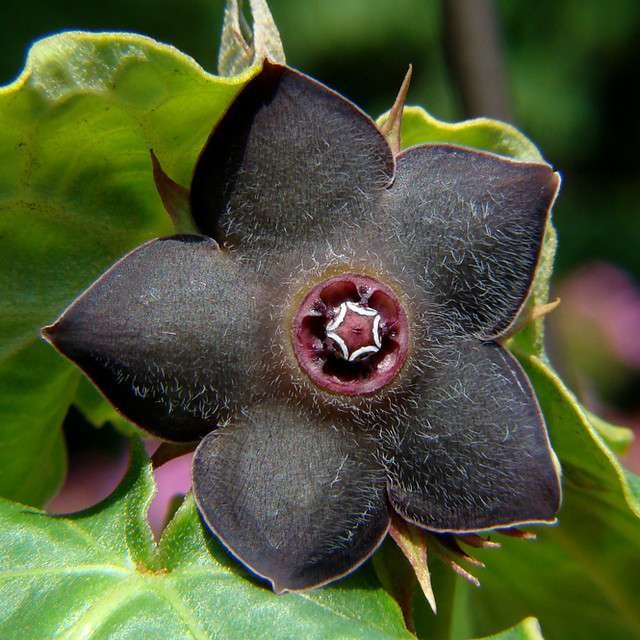
Reviews
There are no reviews yet.